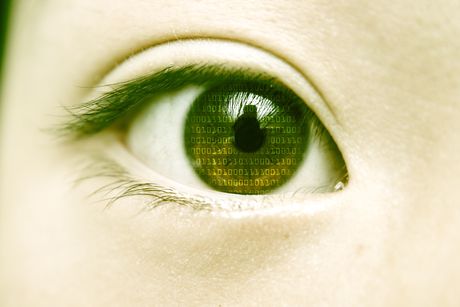The eyes have it — bionically

A team of engineers from the University of New South Wales (UNSW) has developed a bionic eye with the potential to aid the blind in the same way that the cochlear implant has aided the deaf.
Dubbed the Phoenix99 bionic eye, it is the first fully implantable system to restore sight to sufferers of the degenerative disease retinitis pigmentosa, as well as the more common age-related macular degeneration.
Affecting around two million people worldwide, retinitis pigmentosa affects those in the prime of life, often striking in early adulthood, resulting in rapid sight loss that pharmaceuticals can only slow, not reverse. Many patients diagnosed with retinitis pigmentosa are legally blind within 10 years of diagnosis.
Caused by an imperfection in a tiny gene supplying an incorrect protein to the retina, retinitis pigmentosa affects roughly one in every 3000 Australians. Age-related macular degeneration affects nearly 200 million people worldwide.
UNSW Professors Nigel Lovell and Gregg Suaning began their research in 1997 and in 2009 established Bionic Vision Australia, which received Special Research Initiative funding from the Australian Research Council. Their first partially implanted prototypes were tested in 2012 with positive results.
Since then, a team at Duke University in North Carolina has tested its partially implanted Argus II Retinal Prosthesis Device on over 100 patients, with a success rate of 89%.
Following successful preclinical work involving a team of elite surgeons from Sydney, the UNSW team hopes to implant a dozen patients with the Phoenix99 over the next two years. With its cutting-edge neural stimulation technologies, it is anticipated that the Phoenix99 will enable recipients to ‘see’ several times better than previous devices.
The Phoenix99 activates phosphenes, allowing recipients to discern shapes and brightness. Test subjects have explained that it takes time to learn how to use the technology, in the same way that cochlear implant recipients learn to ‘hear’ electrical impulses.
It takes two to three hours of surgery to implant the device, with the only visible external indication a small disc behind the ear. The disc transmits data and power to the device, stimulating electrical impulses which recipients perceive as patterns of light. Images are processed through a small camera attached to the recipients’ spectacles. These images stimulate nerve cells in the damaged retina, which are processed by the visual cortex of the brain to create discernible images, allowing the previously unsighted to perceive the world around them and regain independence.
The National Health and Medical Research Council has just granted the team $1.1 million in new funding for the next stage of studies aimed at getting the Phoenix99 into mainstream clinical practice.
Mini lung organoids could help test new treatments
Scientists have developed a simple method for automated the manufacturing of lung organoids...
Clogged 'drains' in the brain an early sign of Alzheimer’s
'Drains' in the brain, responsible for clearing toxic waste in the organ, tend to get...
World's oldest known RNA extracted from woolly mammoth
The RNA sequences are understood to be the oldest ever recovered, coming from mammoth tissue...





